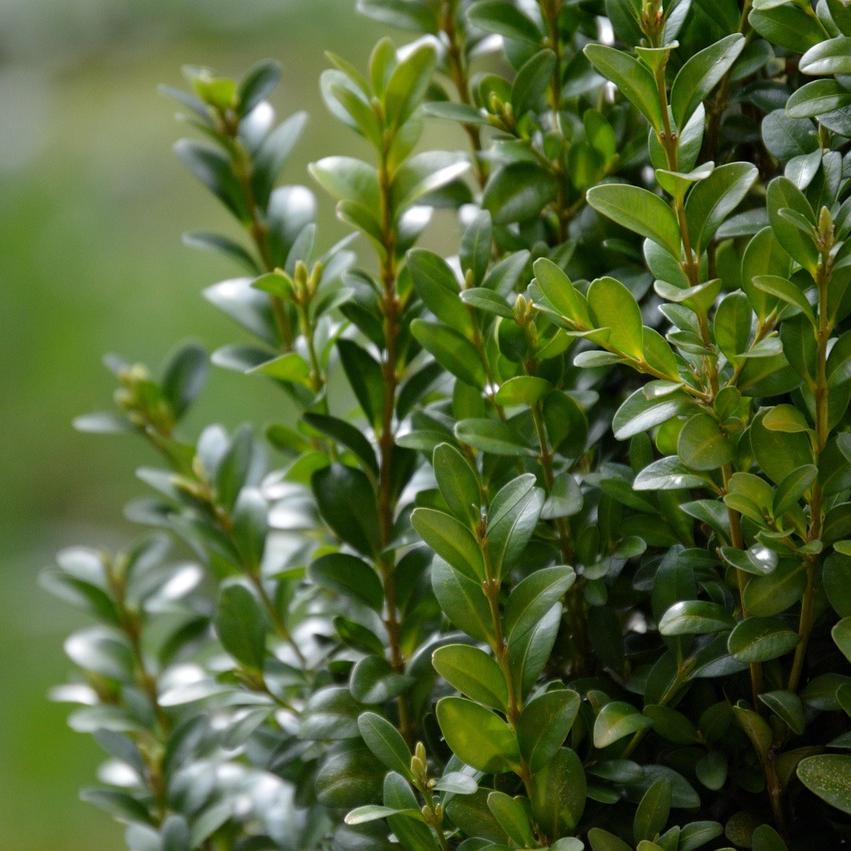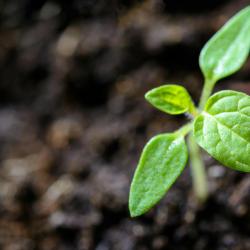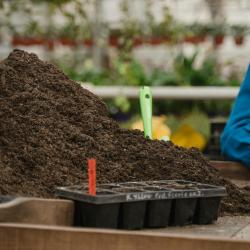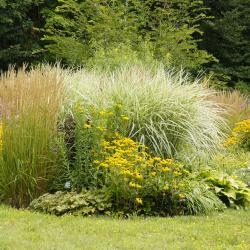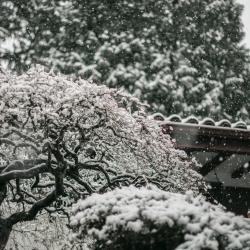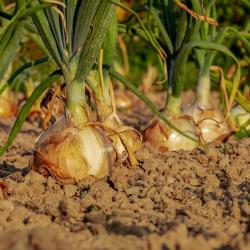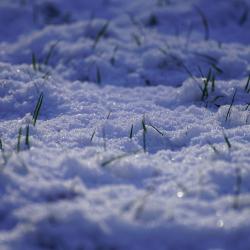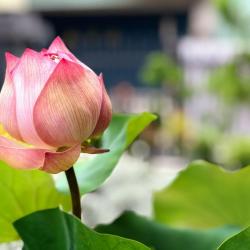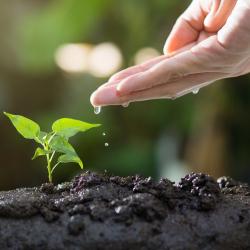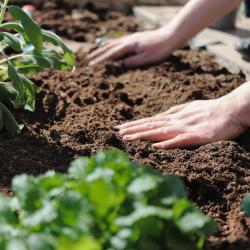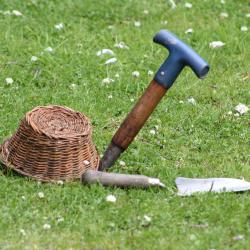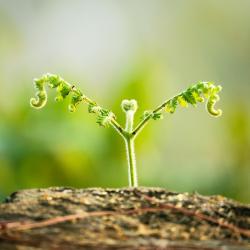Best Plants for Winter Gardening in Your Area
Winter doesn't have to mean a garden devoid of life and color. While the cooler months might pose challenges, they also present a unique opportunity for creative and resilient gardening. The key is to choose the right plants that can thrive despite the drop in temperature. Here, we explore some of the best plants for winter gardening, ensuring your landscape remains vibrant and appealing throughout the frosty season.
Understanding Your Hardiness Zone
Before selecting plants, it's crucial to understand the hardiness zone of your area. The USDA Hardiness Zone Map is a valuable resource that divides regions based on their average annual minimum winter temperature. Knowing your zone will help you select plants well-suited to your specific climate challenges.
Evergreens: The Timeless Winter Choice
1. Boxwood (Buxus):
A classic choice for winter gardens, boxwoods are prized for their dense, green foliage. They can be shaped into neat hedges or interesting topiaries, providing structure and a splash of color even in snow-laden months.
2. Holly (Ilex):
Renowned for its glossy, spiked leaves and bright red berries, holly adds a festive touch to the winter landscape. While the male plants produce the flowers, the female plants grow the distinctive berries.
Winter-Blooming Wonders
3. Witch Hazel (Hamamelis):
This unique shrub offers an enchanting winter bloom. Its spidery, fragrant flowers appear in shades of yellow to red, bringing an unexpected burst of color and scent to barren winter gardens.
4. Winter Jasmine (Jasminum nudiflorum):
Noted for its cheery yellow flowers, winter jasmine blooms from late winter to early spring. This hardy plant can be an excellent option for trailing over walls or fences.
Hardy Perennials and Groundcovers
5. Hellebores (Helleborus):
Also known as the Christmas rose or Lenten rose, hellebores feature nodding, cup-shaped flowers that bloom from late winter to early spring. They thrive in shaded areas, making them ideal for under trees or large shrubs.
6. Ajuga (Ajuga reptans):
This groundcover is perfect for adding texture and interest to winter gardens. Its foliage can range from deep green to purple and bronze hues, and it remains evergreen throughout the winter months.
Ornamental Grasses
7. Miscanthus (Miscanthus sinensis):
The feathery plumes of Miscanthus provide a striking contrast against the winter landscape. Their copper and gold tones can catch the winter sun beautifully, adding movement and life to the garden.
8. Blue Fescue (Festuca glauca):
For a splash of color, blue fescue adds interesting glaucous, icy blue tufts to your winter garden. It's perfect for borders or as a contrasting element against darker plantings.
Edible Winter Garden Options
9. Kale (Brassica oleracea):
Not just a superfood staple, kale is a cold-hardy vegetable that can survive frost and snow. Its curly, vibrant green leaves can offer both nutrition and aesthetics to your winter garden.
10. Brussels Sprouts (Brassica oleracea var. gemmifera):
These plants thrive in cooler temperatures, and their compact, robust sprouts improve in flavor with a touch of frost. They also provide vertical interest within garden beds.
Conclusion
While winter may strip many plants of their greenery, it opens the door to a different kind of gardening beauty. By choosing from this list of adaptable and hardy plants, your garden can remain a dynamic and inviting space, even in the coldest months. Always consider your local climate and soil conditions when choosing which plants to include in your winter garden. With the right selections and a little care, your winter garden can be as impressive as any summer display.
